
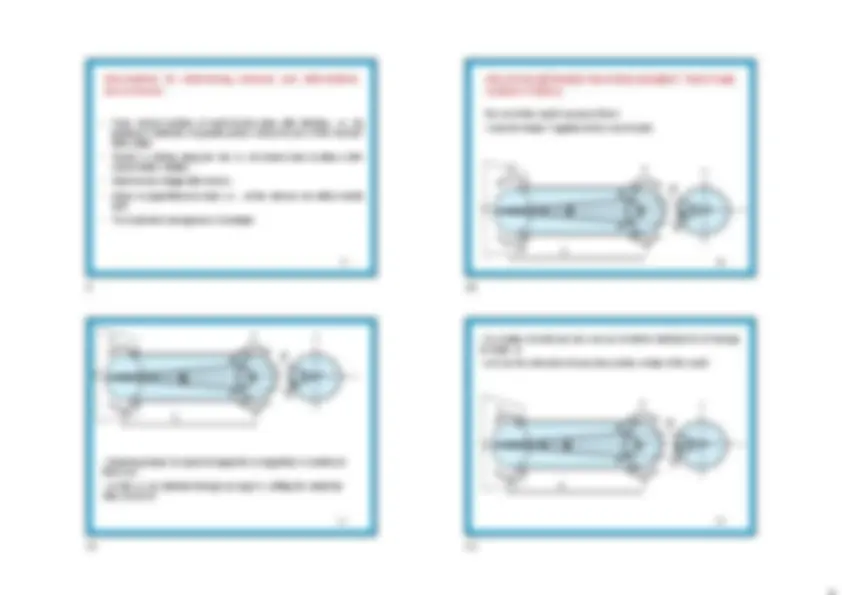
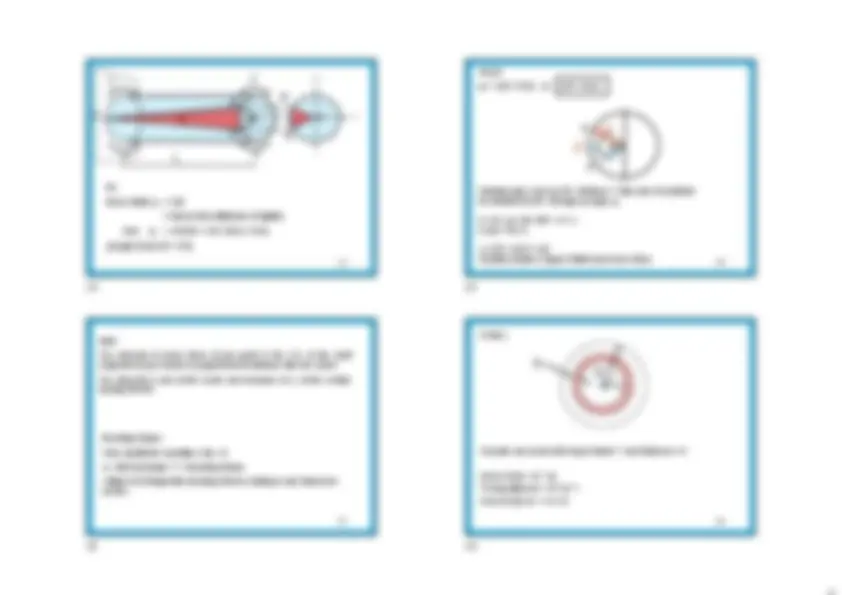
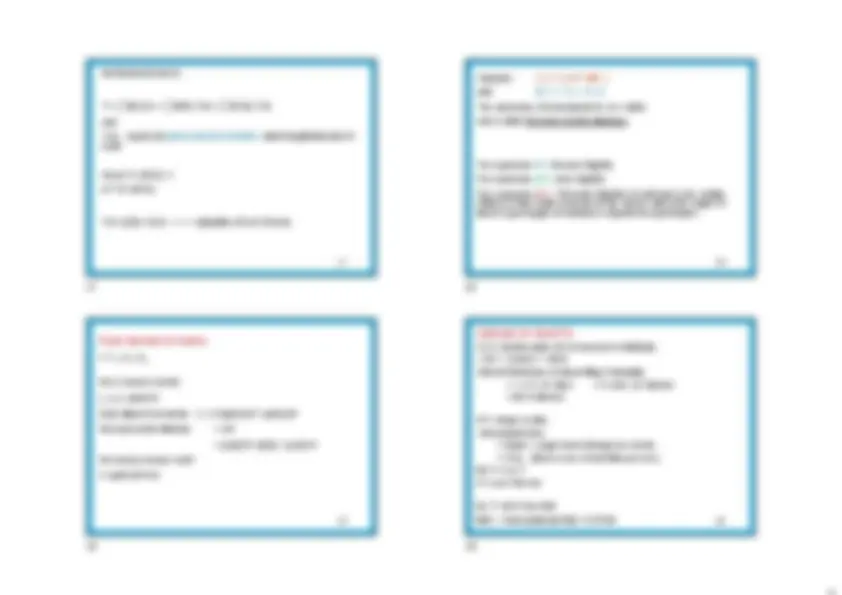
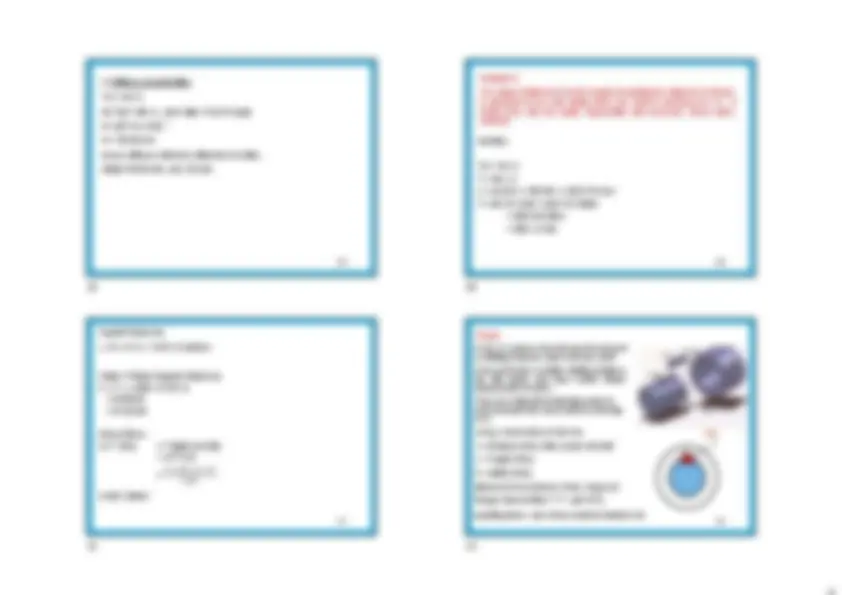
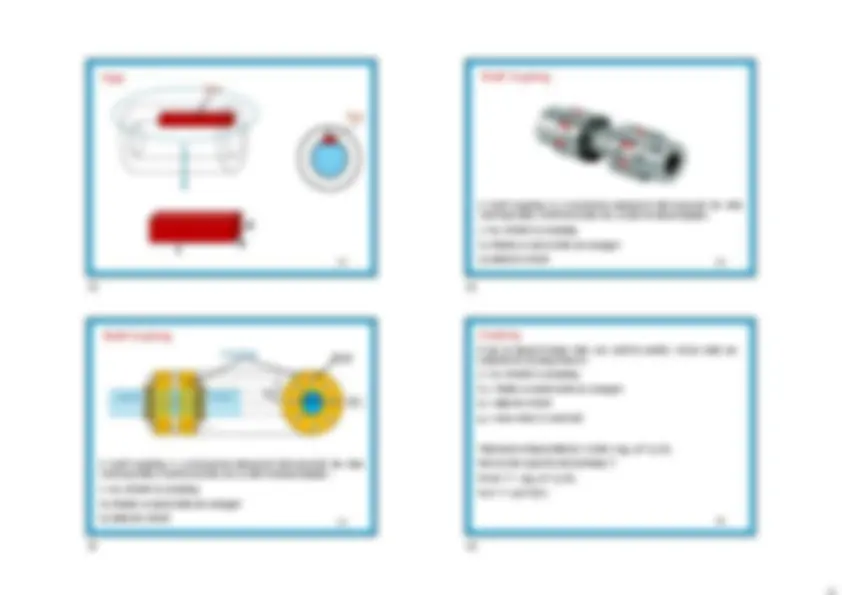
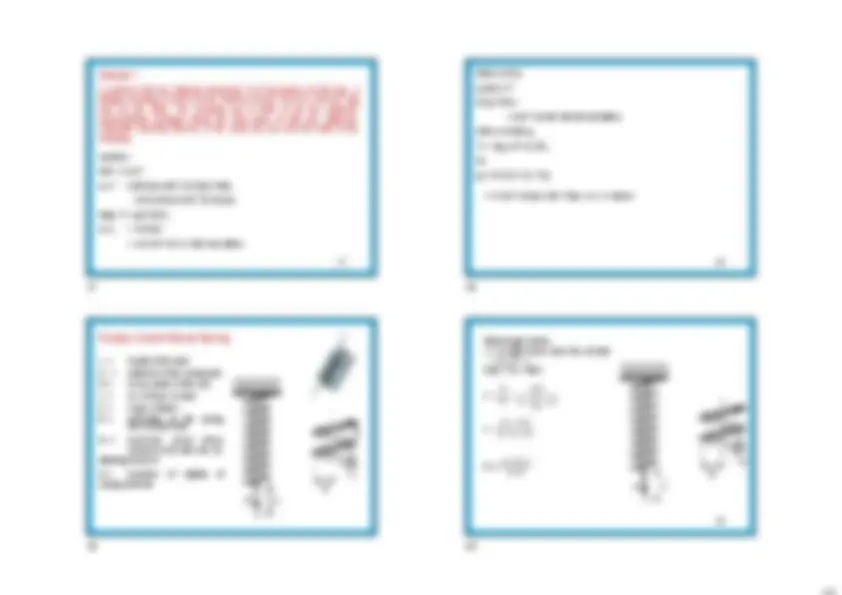


Study with the several resources on Docsity

Earn points by helping other students or get them with a premium plan


Prepare for your exams
Study with the several resources on Docsity

Earn points to download
Earn points by helping other students or get them with a premium plan
Community
Ask the community for help and clear up your study doubts
Discover the best universities in your country according to Docsity users
Free resources
Download our free guides on studying techniques, anxiety management strategies, and thesis advice from Docsity tutors
ChatGPT Torsion is a phenomenon that occurs when an object or structural element is subjected to twisting forces. It is a critical aspect of structural engineering and plays a significant role in the design and analysis of various components, such as shafts, beams, and bridges. Understanding torsion is essential for engineers as it affects the structural integrity and performance of these elements. This document explores the fundamental principles of torsion, including the distribution of torsional stresses and strains, torsional rigidity, and the behavior of materials under torsional loading. It also provides insights into practical applications and design considerations to harness the power of torsion effectively.
Typology: Slides
1 / 11

This page cannot be seen from the preview
Don't miss anything!







Torque is a moment that tends to twist a member about its longitudinal axis. When a member is subjected to a moment about its longitudinal axis , then torque is said to be applied and the member is said to be under torsion. 2
When a shaft is subjected to torsion, point A o surface of shaft comes to A’. Then angle AOA’ subtended at center is termed as angle of twist.
1 Bending Stress (due to B.M.) 2 Shear Stress (due to S.F.) 3 Direct Stress (due to A.F.) 4 Shear Stress (due to torsion)^7 1 Bending Stress (due to B.M.) 2 Shear Stress (due to S.F.) 3 Direct Stress (due to A.F.)
So, Shear Strain = fs/N = Shear stress/Modulus of rigidity Also = AA’/CA’ = OA* /CA = R /L (Length of arc AA’ = R )
Hence = fs/N = R /L or fs/R = N /L Similarly layer such as DB. Distance ‘r’ from axis of shaft will be distorted to DB’, through an angle 1. Q / N = 1 = BB 1 /DB = r / L or q/r = N /L fs/R = N /L = q/r Relation between angle of twist and shear stress
Note: The intensity of shear stress at any point in the C.S. of the shaft subjected to pure torsion is proportional to distance from the center. The intensity is zero at the center and increases to fs at the surface varying linearly. Resisting Torque: From equilibrium condition Mx = 0 i.e. External torque T = Resisting Torque. = Moment of tangential shearing stresses acting on any transverse section. 15 Consider any concentric ring of radius ’r’ and thickness ‘r’ Shear Force = fs * a Turning Moment = fs* a *r Area of strip a = 2 r r r
Further,
Net torsional moment, T = ∫ ோ (fs) a r= ∫ ோ (fs/R) r^2 a= ∫ ோ(N /L) r^2 a now r^2 a , represents polar moment of inertia J about longitudinal axis of shaft. Hence T= (N /L) *J or T /J= (N /L) T /J= (fs/R) = N /L ----------(Equation of Pure Torsion) 17 Compare: Tr / J = fs/ R = N / L with M / I = f / y = E / R The expression J/R corresponds to I/y = I/(d/2) and is called Torsional Section Modulus. The expression EI = Flexural Rigidity The expression AE = Axial Rigidity The expression NJ = Torsional Rigidity of shaft and is the relative stiffness of two shafts measured by the inverse ratio of the angles of twist in equal lengths of shaft when subjected to equal torques. 18
J = I (^) zz=Ixx +Iyy For a circular section Ixx =Iyy= (/64)D^4 Polar Moment of Inertia = J = 2(/64)D^4 = (/32)D^4 Torsional section Modulus = J/R = (/32)D^4 /(D/2) = (/16)D^3 For hollow circular shaft J= (/32)*(D^4 -d^4 ) 19
In S.I. System power (P) is measured in Watts(W). 1 W = 1 Joule/s = 1 Nm/s External Work done in transmitting P kilo-watts. = 1 x P x 10^3 Nm/s = P x 60 x 10^3 Nm/min = 60 P kNm/min If T = torque in kNm, Internal work done = Torque x angle turned through one minute. = T 2n (Where n=no. of revolution per min.) 60 P = 2 n T P = 2 n T/60 kW 20 So, T = 60 P/ 2n kNm Note: 1 Horse-power(metric) = 0.75 kW
Example 3 A solid shaft has to transmit 90 kW power at 160 rpm. Find suitable diameter for the shaft if maximum torque transmitted in each revolution exceeds the mean by 25%.Take fs=70MPa. Solution: Tav = 60 P/2n = 6090/(2 160) = 5.37 kNm T = 1.25 Tav = 1.255.37 = 6.71 kNm T = (fs/R) J = 70 / R * (/32D^4 ) From which, D = 78.74 mm; say 80 mm 25 Example 4 450kW power has to be transmitted at 100 rpm. Find (i) the necessary diameter of a solid circular shaft.(ii) the necessary diameter of a circular section, the inside diameter being 3/4 of external diameter. Allowable shear stress =75MPa.Density of material 77 kN/m^3. Which is more economical? Solution: T = 60 P/2 n = 60450/(2100) = 42.9710^6 Nmm (i) T/J =fs/R T = fs[ d^3 /16] d = [16T/(fs)]1/ = [1642.9710^6 /(75)] 1/ = 142.89 mm, say 143 mm 26 (ii) for hollow circular section d = ଷ ସ D 42.9710^6 =75(/16)[D^4 -d^4 ]/D From which, D=162.2 mm, d= 121.67mm wt. of solid shaft = ALdensity wt. of hollow shaft = ALdensity So, wt. of hollow shaft / wt. of solid shaft = Ah/As = 1. 27 Example 5 Select a suitable diameter of solid shaft of circular section to transmit 112.5 kW of power at 200 rpm.If the allowable fs =75 MPa and allowable twist is 1^0 in a length of 3 meter. Take N=0.08210^6 MPa. Solution: T = 60 P/2n = 60112.5/(2 200) = 5.37210^6 Nmm
Example 7 A shaft of 100 mm diameter transmits 112.5 kw power at 180 rpm. A flanged coupling is keyed to the shaft by means of a key 100 mm ling and 30 mm wide. The coupling has 6 bolts of 20 mm diameter symmetrically arranged along the bolt circle of 300 mm diameter. Calculate shearing stresses in the shaft, the key and the bolts of the coupling. Solution : 60P = 2 nT so T = 60P/2n=60112.5/(2180) =5.97 kN-m=5.9710^6 N-mm Now, T = (d^3 /16)fs so fs = 16T/d^3 = 165.9710^6 / 100^3 =30.4MPa 37 Stress in key qk (bL)r =T so qk=T/bLr = 5.9710^6 /3010050=39.8MPa stress in bolts qB T = n(qB/4 dB^2 )RB so, qB= 4T/ (n dB^2 RB) = 45.9710^6 /(6 20^2 *150) = 21.11 N/mm^2 38
L = length of the wire d = diameter of the spring wire R = mean radius of the coil n = no. of turns or coils = Angle of twist δ = deflection of the spring due to axial load fs = maximum shear stress induced in the wire due to twisting moment N = modulus of rigidity of spring material
Total length of wire, L = Length of one coil x No. of coils = 2 R * n From: T/J = N/L 𝜃 =
ସ∗ோమ ே∗ௗర 40
The free end will be twisted through an angle . Axial movement of the free end = R . Deflection of the spring, = R = ோ∗ସ∗ோ మ ே∗ௗర
The Deflection , can also be obtained by equating torsional strain energy to work done by axial force and deflection. Strain energy stored in spring = work done (1/2) * P = (1/2)* T = (1/2)(PR)(64PR^2 n/Nd^4 ) 41
Example 8 In a close coiled helical spring, the diameter of each coil is to be 10 times that of wire of the spring and the maximum shear stress is not to exceed 60 N/mm^2. Maximum permissible deflection under a load of 400 N is 10 cm. Taking the shear modulus as 9 x 10^4 N/mm^2 , determine the number of coils, the diameter of the coil and energy stored in the coil. 42 Solution dia. of coil D=10d where, d = dia. of wire radius R=5d max. Shear stress, fs = 60 N/mm^2 Max. deflection, = 10cm = 100mm Load, W = 400 N Modulus of Rigidity, N = 9 * 10^4 N/mm^2 Diameter of wire:- let d= dia. of the wire. W * R = (/16)fsd^3 Diameter of wire:- let d= dia. of the wire. W * R = (/16)fsd^3 400 * 5d = (/16)60d^3 d = 13.02 mm Dia. of the coil, D = 10d = 130.2 mm Radius of the coil, R = 130.2/2 = 65.1 mm Number of coils = n From relation = (64WR^3 n)/(Nd^4 ) 100 = (6440065.1^3 n)/(9 * 10^4 13.02^4 ) n = 36.61 or say 37 Energy Stored, U = (1/2)W = (1/2)400*100 = 20000 N.mm 43 44